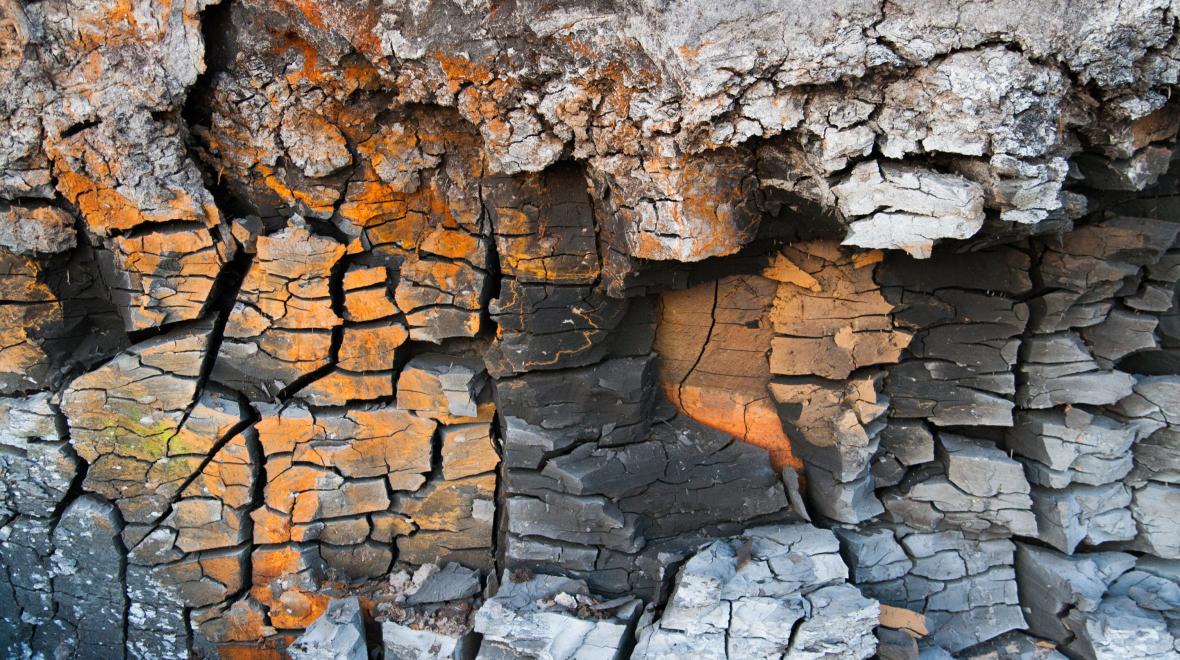
ESB 5104 and by Zoom
Global efforts to reduce anthropogenic carbon emissions to the atmosphere are gaining momentum. Geological storage of CO2 is recognized as an important component of most reduction strategies and can contribute to the sequestration of excess CO2 already in the atmosphere. However, to be effective, the quantity of CO2 to be stored must be larger – by several orders of magnitude – than current underground injection of waste fluids or gas storage. This will require new monitoring and storage protocols and geophysical methods will play an important role in all stages of CO2 storage projects including site selection, geological characterization and long-term monitoring.
Canada is a world leader in implementing CO2 storage pilot projects and related studies. In 2015, the Aquistore CO2 Storage Project began injection of CO2 into a deep saline formation at ~3300 m depth utilizing the deepest well in Saskatchewan. The total of CO2 injected is approaching 400 kilotonnes. A variety of geophysical methods have been employed to track the subsurface spread of the CO2 plume and verify its containment within the reservoir. Time-lapse seismic imaging has proven effective for tracking the growth of the CO2 plume over the first 5 years. Passive seismic monitoring combined with continuous GPS measurements and InSAR surveillance has documented an absence of induced seismicity or related surface deformation. The site has acted as a natural testbed for developing other geophysical monitoring methods including electromagnetics, borehole gravity, and fibre-optic DAS (distributed acoustic sensing) systems. The knowledge developed at the Aquistore site will benefit future geological storage projects.
SPEAKER BIO
Don White is a senior geophysicist at the Geological Survey of Canada where he works in the field of applied seismology. Since 2001, his research has focused on geophysical methods for monitoring underground storage of CO2 . This work was conducted as part of the Weyburn- Midale CO2 Monitoring and Storage Project (2001 to 2011) and then in the Aquistore CO2 storage project (2010-2021). Following graduation from the University of Toronto (B.Sc., Physics) and UBC (M.Sc., and Ph.D., Geophysics) he joined the Geological Survey of Canada as a post-doctoral fellow in 1989. While at the GSC he has served as an Adjunct Professor at Polytechnique Montréal and the Ottawa-Carleton Earth Science Center.